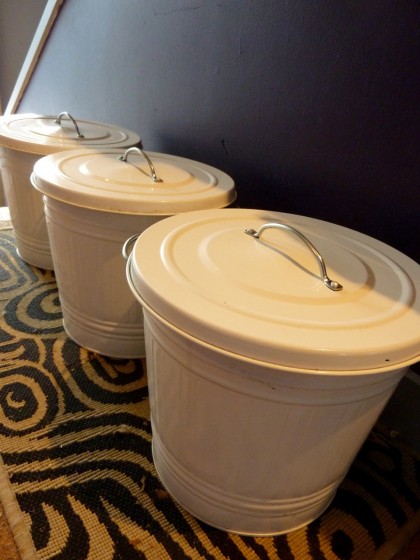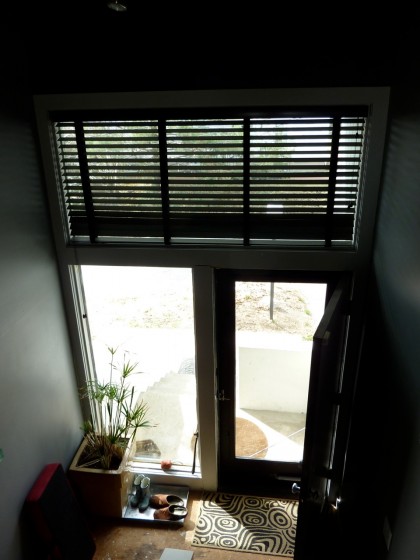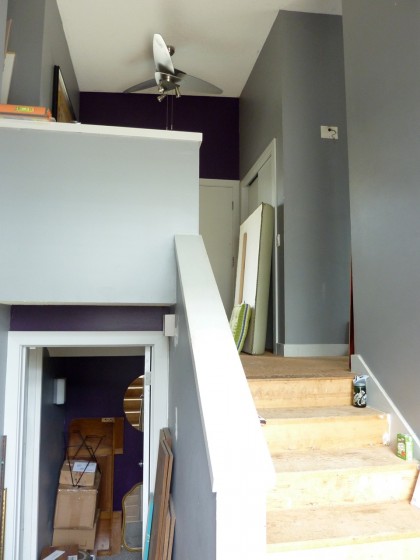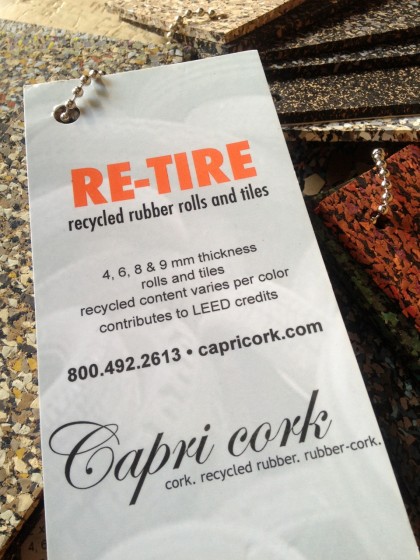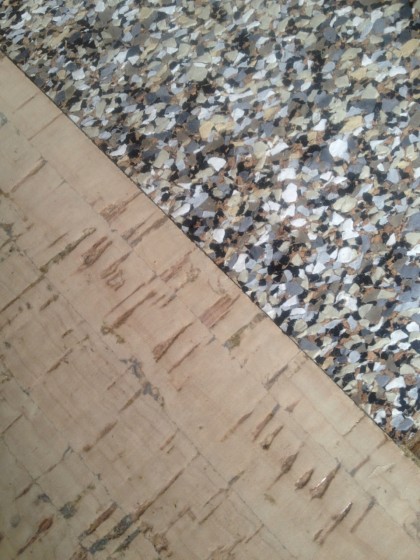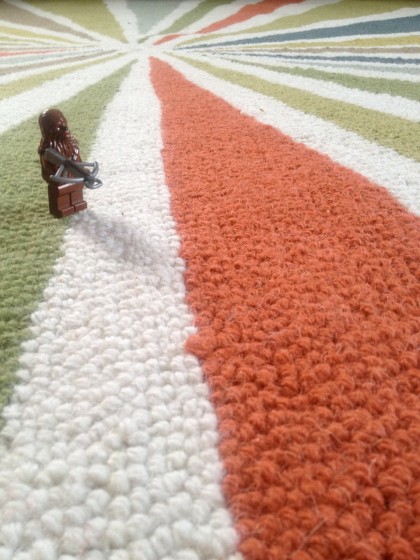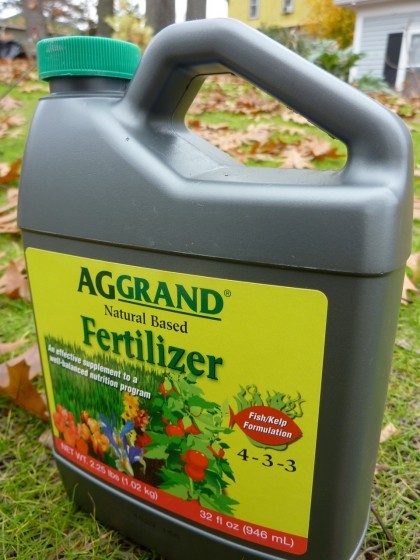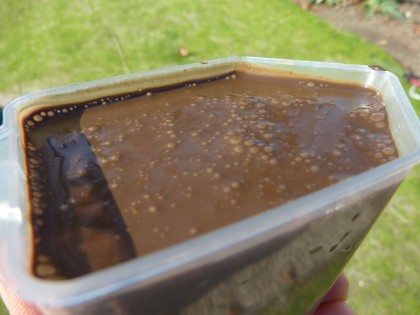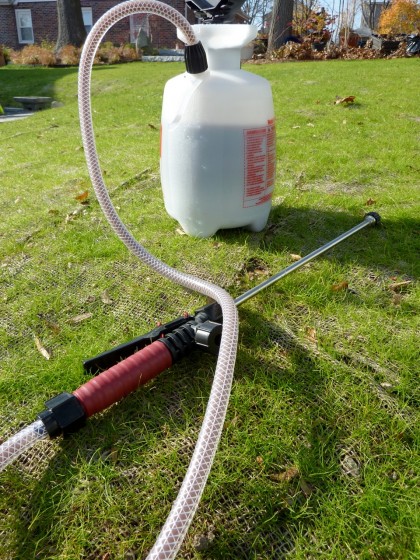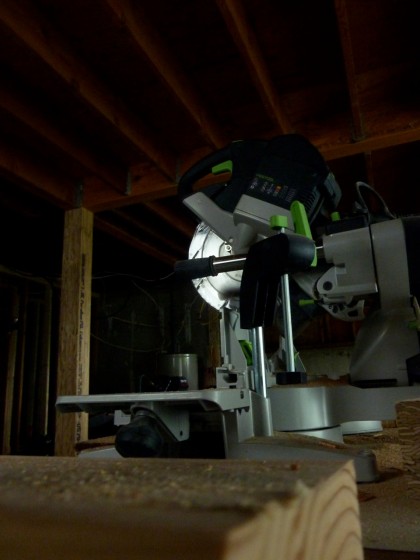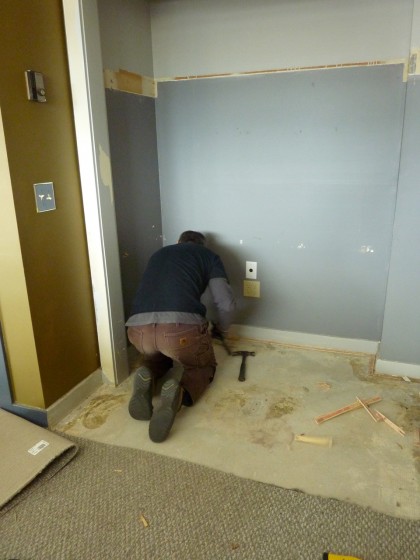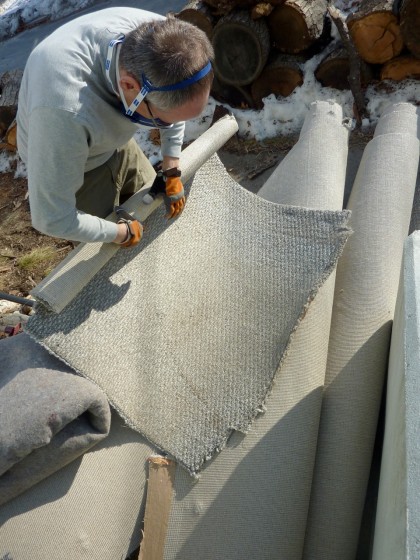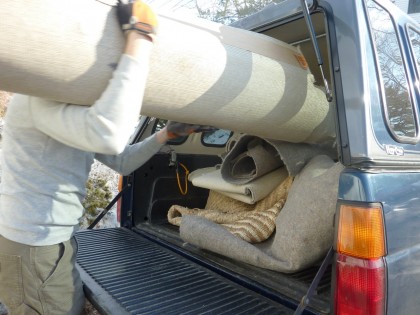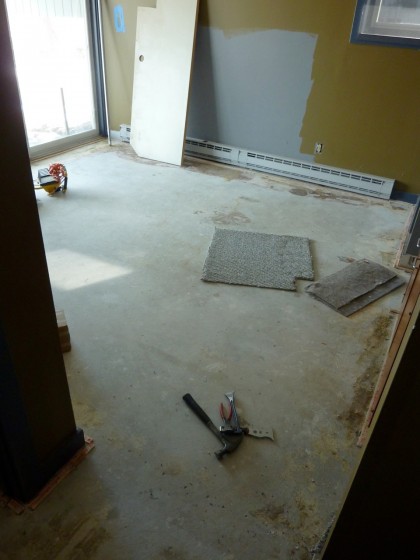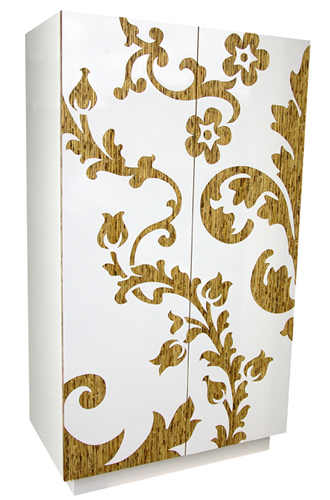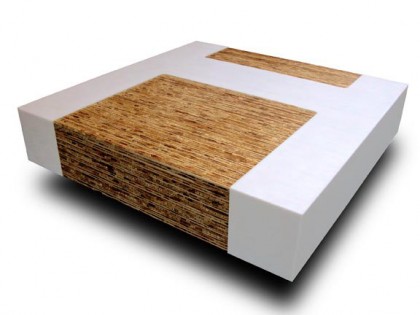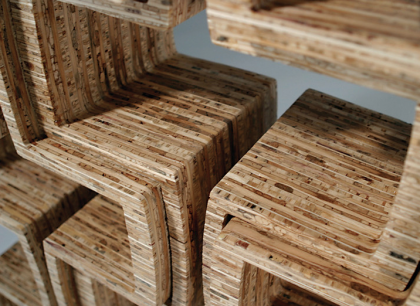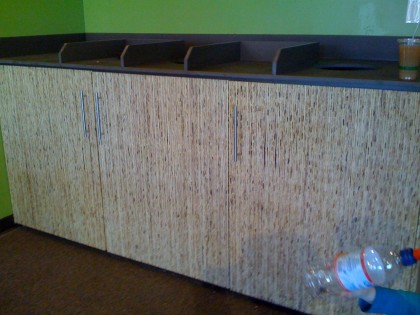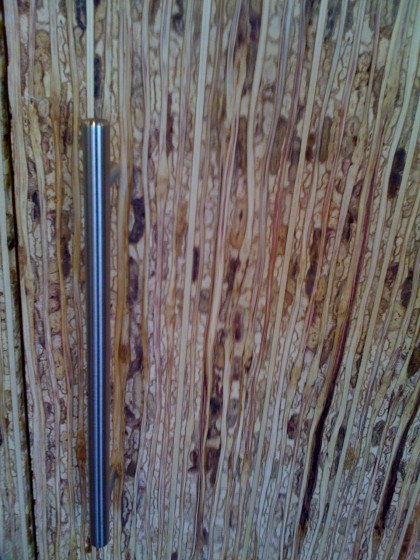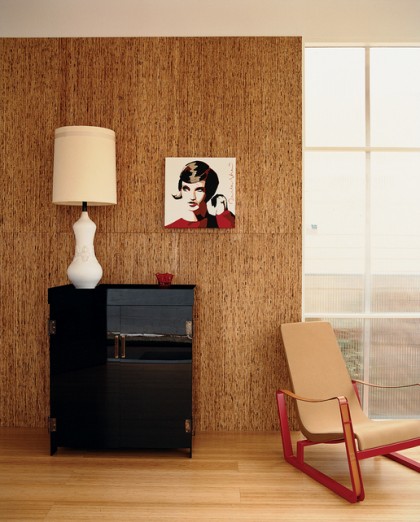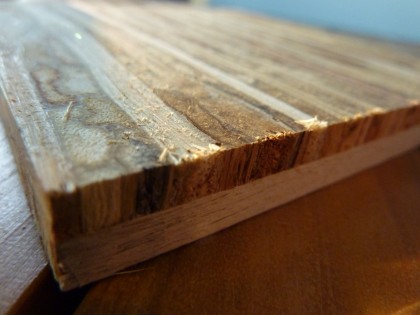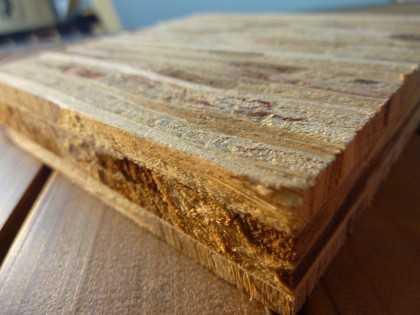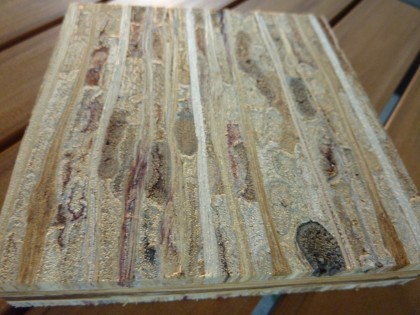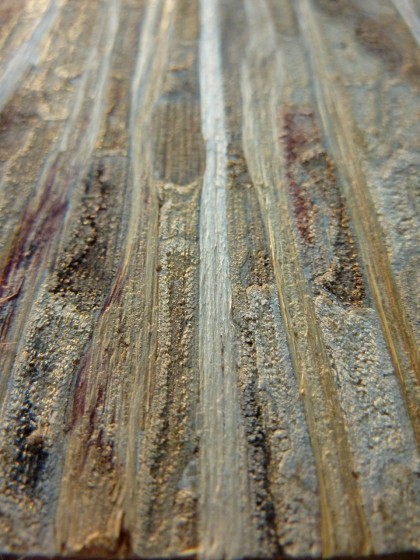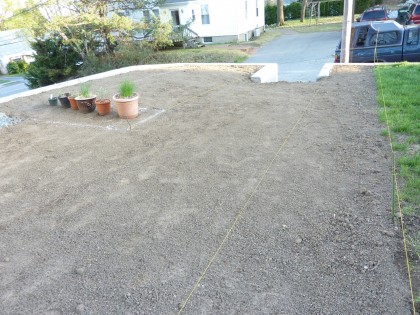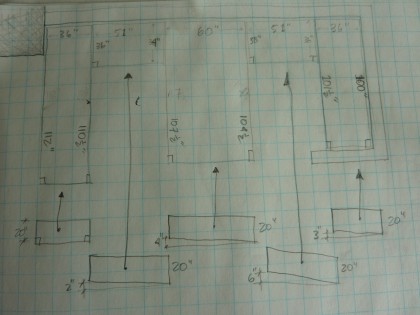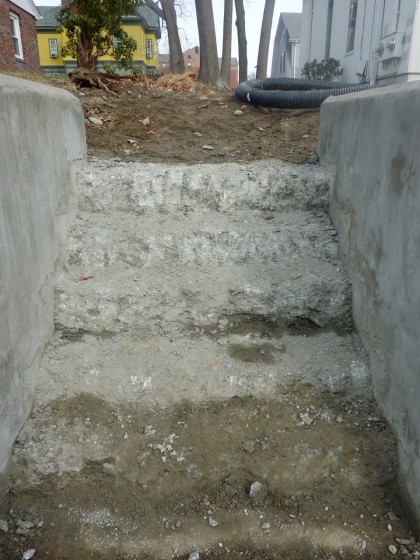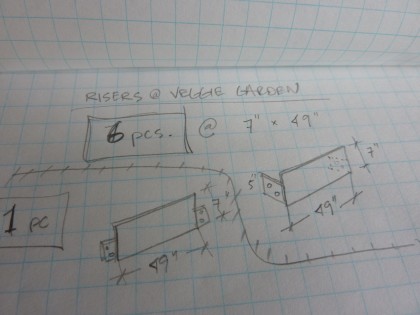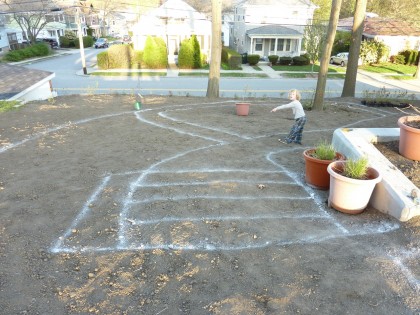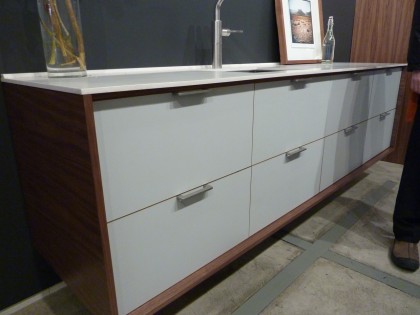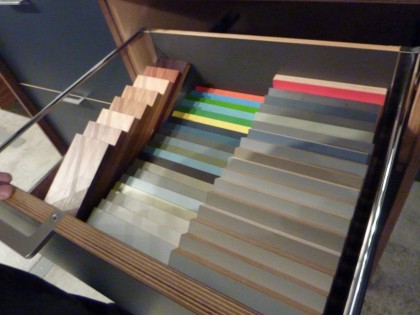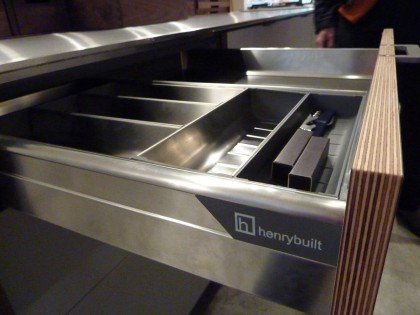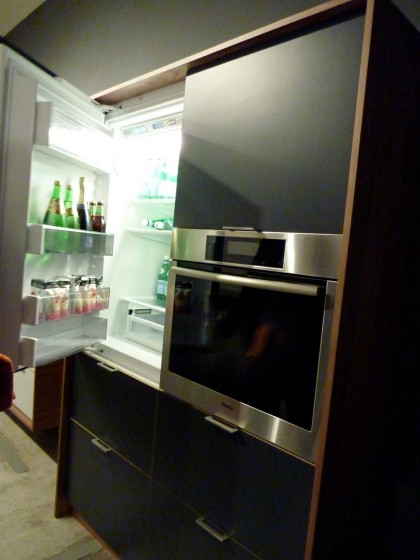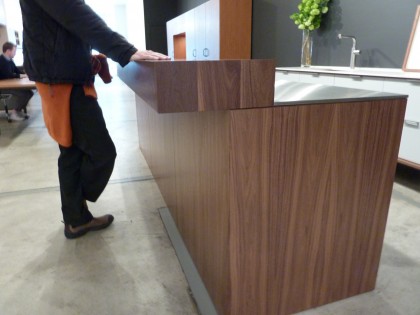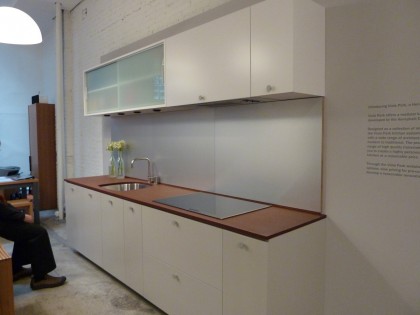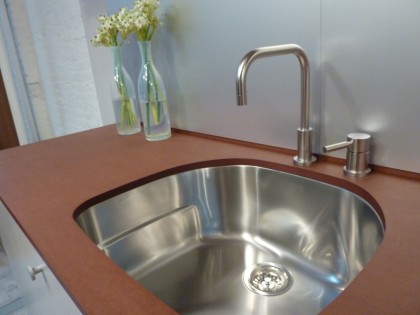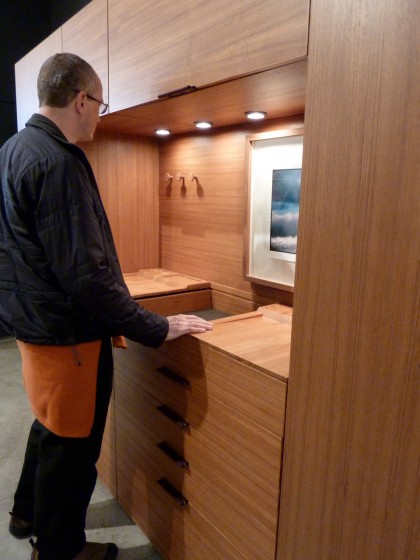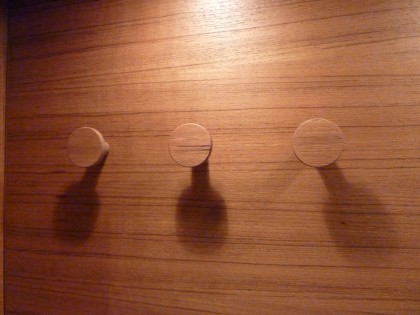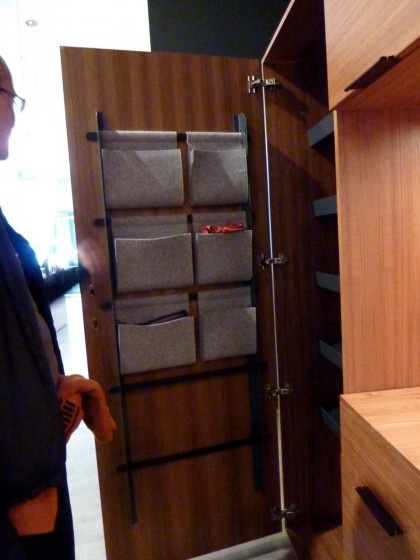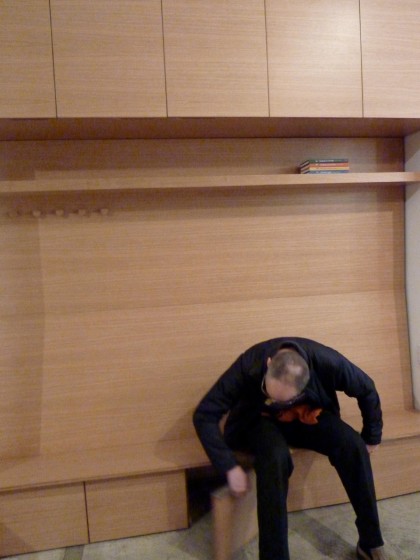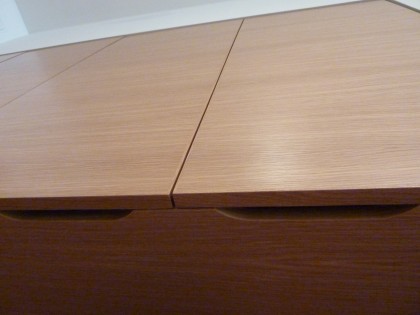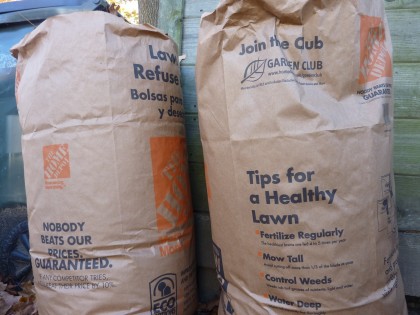
“Never again will we put our leaves out to the curb.” I swore it last year and I meant it. Adding fall leaves to the landfill is just plain wasteful. If your city composts them, great. But why give away free organic materials your garden needs? I’m composting my leaves from now on — to save money and for a more sustainable garden.
First of all, let me say that my urban garden has 11 oak trees and one spindly little dogwood. “Oak trees?!” you shriek in disbelief. “But the acid!” Oy. The idea that oak leaves will “burn” your plants or make your soil acidic is a myth. My leaves are going to compost over the next half a year or so and will break down into lovely dark brown organic matter that’s high in nutrients. Let’s move on, shall we?
Temperatures are dropping. So are my leaves. That means it’s time to rake…
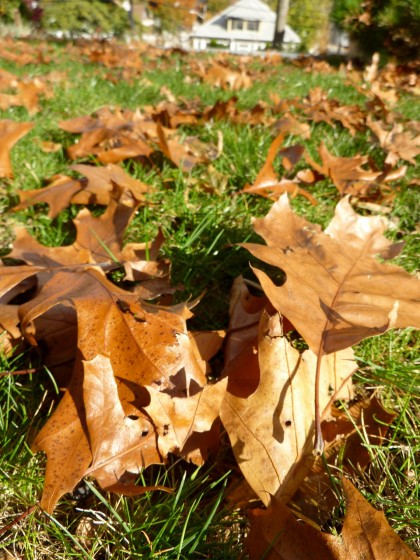
And rake I do…
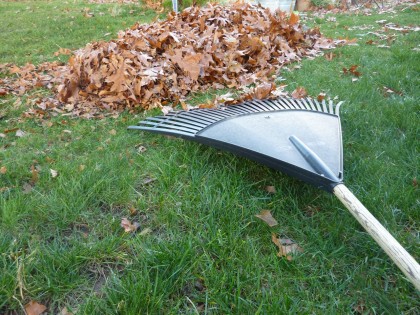
Only now every pile I make I then mow over using our new Fiskars Momentum reel mower. It works great to chop up the oak leaves into little bits, which will then make them break down much, much quicker. Obviously, whatever kind of mower you own will work just fine…
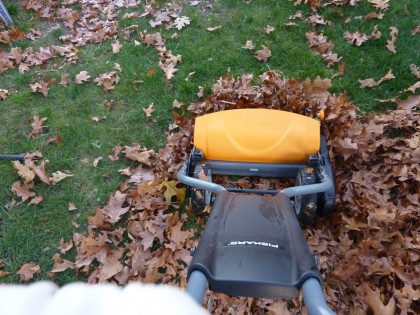
To get the leaves small enough, I run them over a few times, rake the pile together, then run them over again. I never even break a sweat…
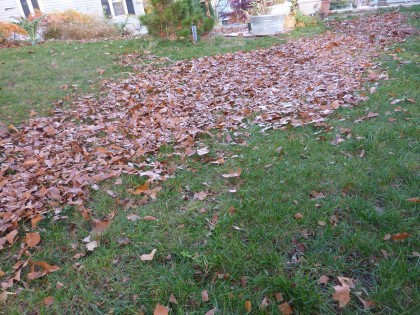
The result: fall confetti!
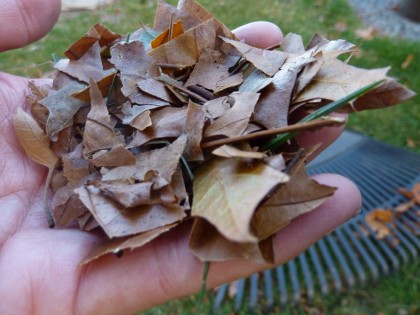
I then pile it all, including grass clippings, into leaf bags — not destined for the curb. I have a spot at the top of our yard that’s unplanted but still needs to be cleared of weeds and undesirable overgrown shrubs. I’m talking about you, forsythia! So my leaf bits will become a brand-new compost pile in the next few weeks.
“Oh noes! Oak leaf bits on your lawn will kill the grass!” you say? No. Chopped up leaf bits will fall between the blades of grass and, if they don’t blow away during one of our Nor’easters, will break down and essentially compost where they fall…
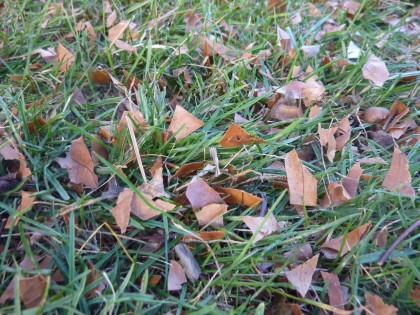
Don’t worry, I’ve researched the life out of this. It’s actually good for your grass!
My ultimate goal is not to have to buy compost or even mulch in the seasons ahead. I’ve already begun collecting leaves from my neighbors’s yards as well — I figure why not throw in some maple leaves, right? There’s no such thing as too much compost!
One tip: if you try this yourself, which I hope you will, don’t forget to jump in the pile first!

More reading:
Composting Grass and Leaves Why is it better for your soil? Because “Pound for pound, the leaves of most trees contain twice the mineral content of manure.”
Composting Leaves How to whip up a no-sweat lasagna garden using fall leaves and have a new planting bed by next spring. Think of it as composting in place!
Fall Leaves Make a Great Natural Mulch Why buy mulch when it’s right there in your trees?
Lasagna Gardening More on the no-till, no-dig method of gardening.
How to Make Oak Leaf Compost Surprise! Oak leaves make excellent compost.
A Guide for Composting at Home Lots of great composting info here. Leaf composting is near the end of the article.
Making and Using Leaf Mold An alternative to composting your leaves — make leaf mold. It’s ridiculously easy. Bag it. Forget it. It turns to gardening gold in 6 months to a year! A good option if you don’t have room for a compost pile.
